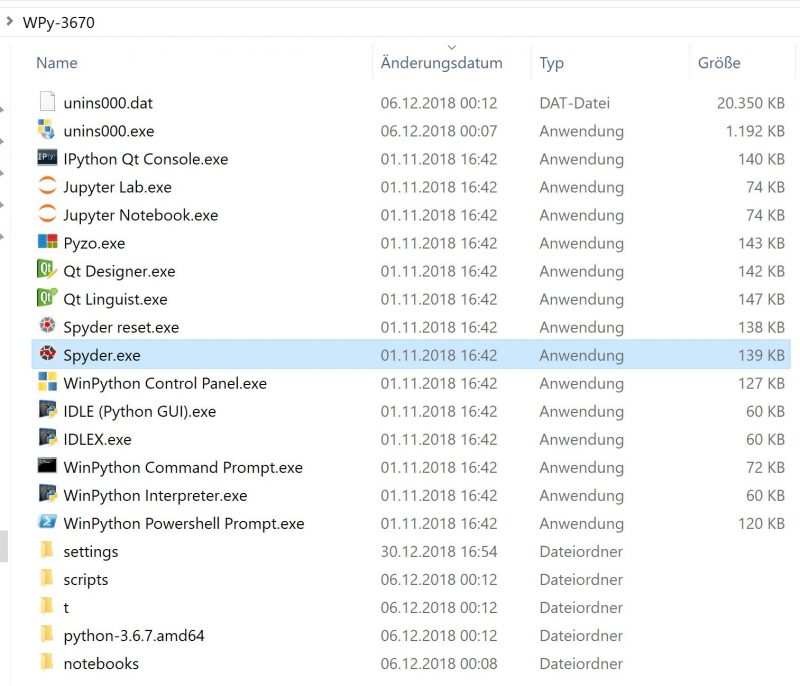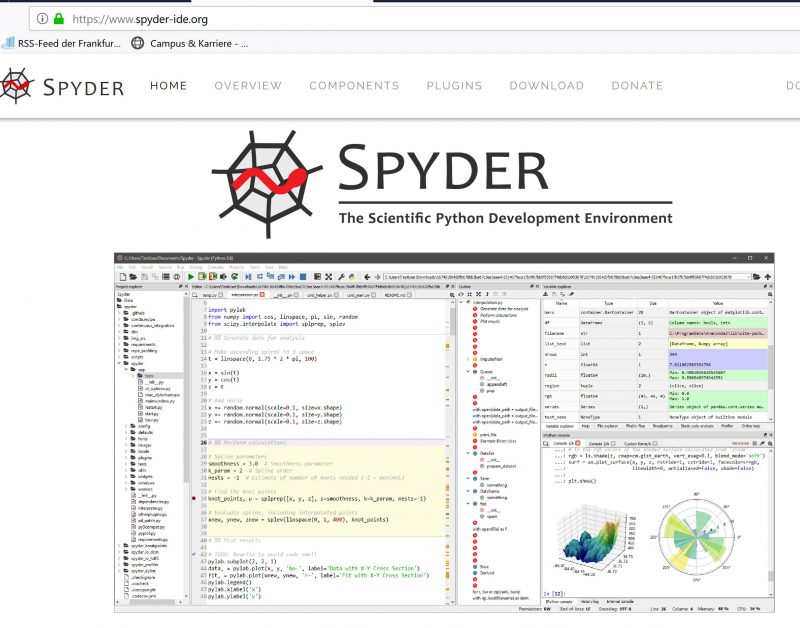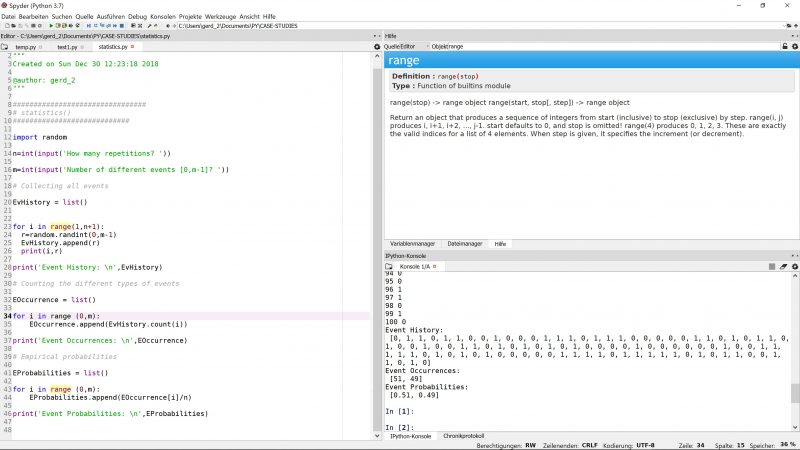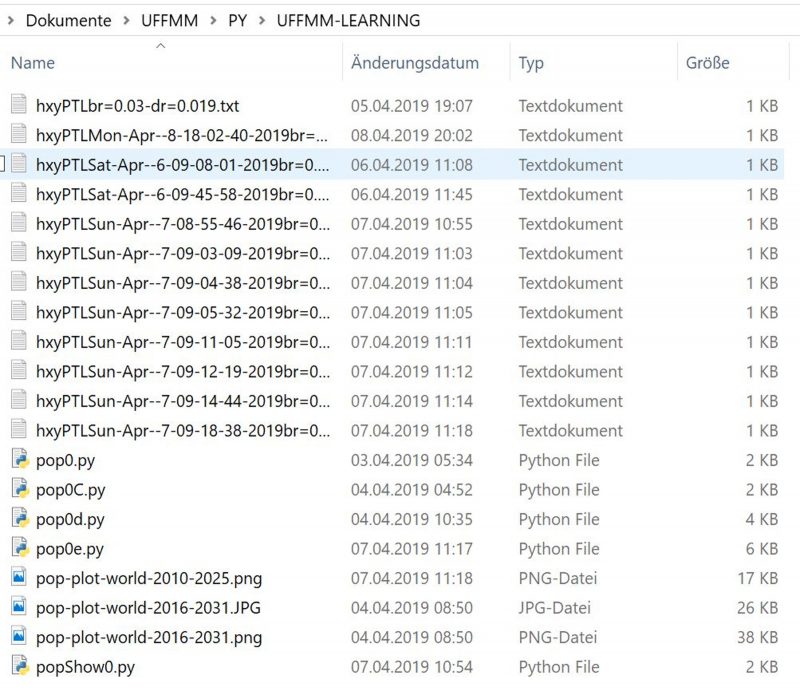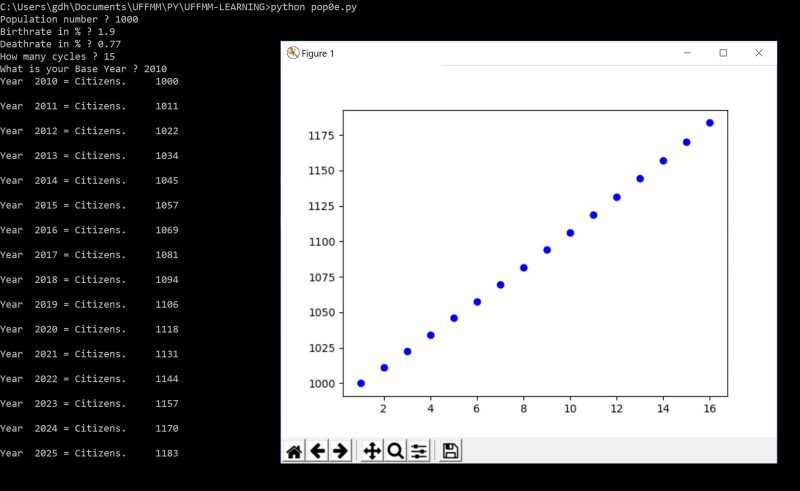eJournal: uffmm.org, ISSN 2567-6458, 31.Dec. 2018
Email: info@uffmm.org
Author: Gerd Doeben-Henisch
Email: gerd@doeben-henisch.de
CONTEXT
This is a continuation from the post BACKGROUND INFORMATION 27.Dec.2018: The AAI-paradigm and Quantum Logic. The Limits of Classic Probability. The general topic here is the analysis of properties of human behavior, actually narrowed down to the statistical properties. From the different possible theories applicable to statistical properties of behavior one is called CPT (classical probability theory), see the before mentioned post, and the other QLPT (quantum logic probability theory), which will be discussed now.
SUMMARY
First description of what Quantum Theory QT) is which is implying quantum logic.
QT AND REALITY
To approach the topic of QLTP we will start from a philosophy of science point of view beginning with the general question of the relation between ‘quantum theory (QT)’ and ‘reality’ (here we follow Griffiths (2003) in his final reflections about QT in chapter 27 of his book).
- Griffiths makes the clear distinction between QT as a theory (T) and something we call real world (W) or physical reality which is clearly distinct from the theory.
- A theory is realized as a set of symbolic expressions which are assumed to have a relation to the presupposed real world. The symbolic matter as such is not the theory but those structures in the mind of the scientists which are comprehended. In our mind – something ‘inside’ our body; usually located in the brain – we can in an abstract way distinguish elements and relations between these elements. Furthermore we can think about these elements and relations on a meta level and define concepts like ‘is coherent’, ‘is logical’, ‘is beautiful’.
- Besides the definitions ‘inside the mind’ about ‘elements already in the mind’ (like ‘consistency’ …) there exists the question of the confirmation of theoretical constructs compared to the real world as it is. As we know there exist one primary mode of relationship and some secondary mode to interact with the presupposed ‘real world’:
- The primary mode is the sensory perception, which generates typical internal events in the brain, and
- the secondary mode is a sensory perception in cooperation with defined measurement procedures. Thus the measurement results are as such not different to other sensory perceptions but the measurement results are generated by a certain procedure which can be repeated from everybody who wants to look to the measurement results again, and this procedure is using a before agreed measurement standard object to give a point of reference for everybody.
- The possible confirmation of theoretical constructs t of some theory T by measurements requires the availability of appropriate measurements communicated to the mind through the sensory perception and some mapping between the sensory data and the theoretical constructs. Usually the sensory data are by themselves not raw data but are symbolic expressions ‘representing the data in a symbolic format’. Thus the mapping in the mind has to connect the perceptions of the symbolic measurement with parts of the theory.
- Because it is assumed that the theory is also encoded in symbolic expressions for communication one has to assume that one has to distinguish between the symbolic representation of the theory and their domain of application consisting of elements and relations generated in the mind. In modern formal theories the relationship between measurement expressions and theoretical expressions is defined in an appropriate logic describing possible inferences which deliver within a logical proof either a formal confirmation or not.
- As Griffiths remarks the different confirmations of individual measurements do not guarantee the truth of the theory saying that the assumed theory is an adequate description of the presupposed real world. This results from the fact that every experimental confirmation can only give very partial confirmations compared to the nearly infinite space of possible statements which are entailed by a modern theory. Therefore it is finally a question of faith whether some proposed empirical theory is gaining acceptance and is used ‘as if it is true’. This means the theory can be refuted at any time point in the future.
- For the QT Griffiths claims that nearly everybody today accepts QT as the best available theory about the real world.(cf. p.361)
- Within QT the dynamical laws are inherently stochastic/ probabilistic, this means that the future behavior of a quantum system cannot be predicted with certainty. (cf. Griffiths (2003):p.362)
- The reason for this unpredictability is that the elementary objects of the QT, the ‘quantum particles‘, have no precise position or momentum. A precise description of these particles is limited by the Heisenberg uncertainty principle. (cf. Griffiths (2003):p.361)
- This inherent property of QT of having objects with no clear position and momentum allows the further fact that there can be different formalism logically incompatible with each other but nevertheless describing a certain aspect of the QT domain in a ‘sound’ manner. (cf. Griffiths (2003):pp.262-265)
- While the interaction of a quantum system can be described, the ‘decoherence‘ of a macroscopic quantum superposition (MQS) state can directly not be measured. To enable a theoretic description for this properties requires concepts and a language which deviates from everyday experiences, concepts, and languages. (cf. Griffiths (2003):pp.265-268)
- Summing up one gets the following list of important properties looking to an presupposed ‘independent real world’ (cf. Griffiths (2003):p.268f):
- Physical objects never possess a completely precise position or momentum.
- The fundamental dynamical laws of physics are stochastic and not deterministic.
- There is not a unique exhaustive description of a physical system or a physical process.
- Quantum measurements can be understood as revealing properties of a measured system before the measurement took place, in a manner which was taken for granted in classical physics.
- Quantum mechanics is a local theory in the sense that the world can be understood without supposing that there are mysterious influences which propagate over long distances more rapidly than the speed of light.
- Quantum mechanics is consistent with the notion of an independent reality, a real world whose properties and fundamental laws do not depend upon what human beings happen to believe, desire, or think.
Taking these assumptions for granted one has to analyze now what this implies for the description and computation of the behavior of states of properties generated by biological systems.
See a continuation here.
REFERENCES
- R.B. Griffiths. Consistent Quantum Theory. Cambridge University Press, New York, 2003


